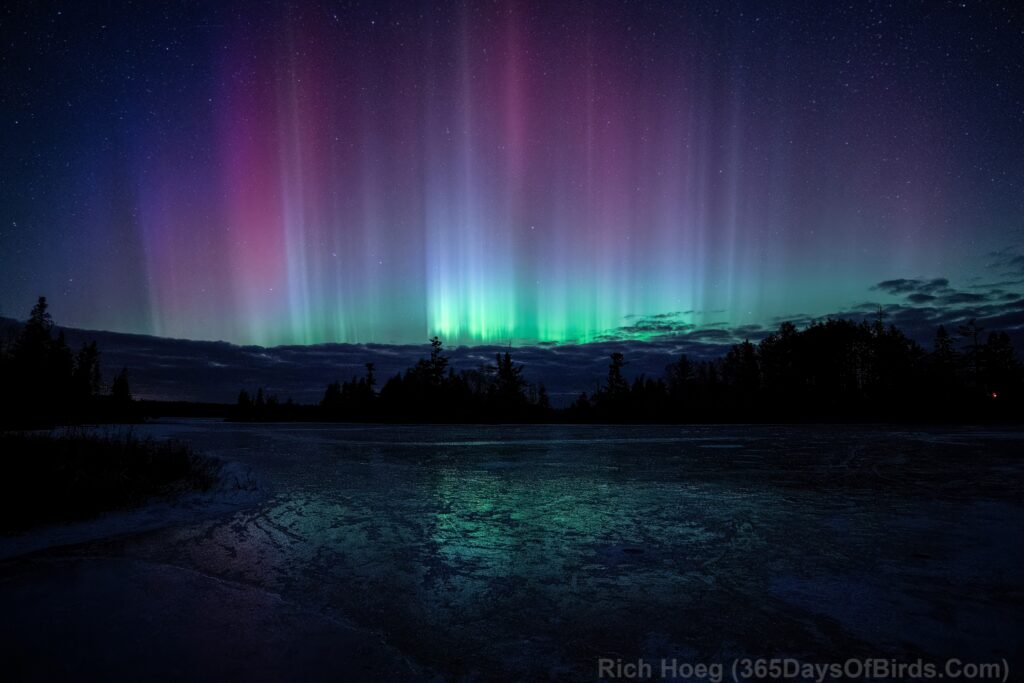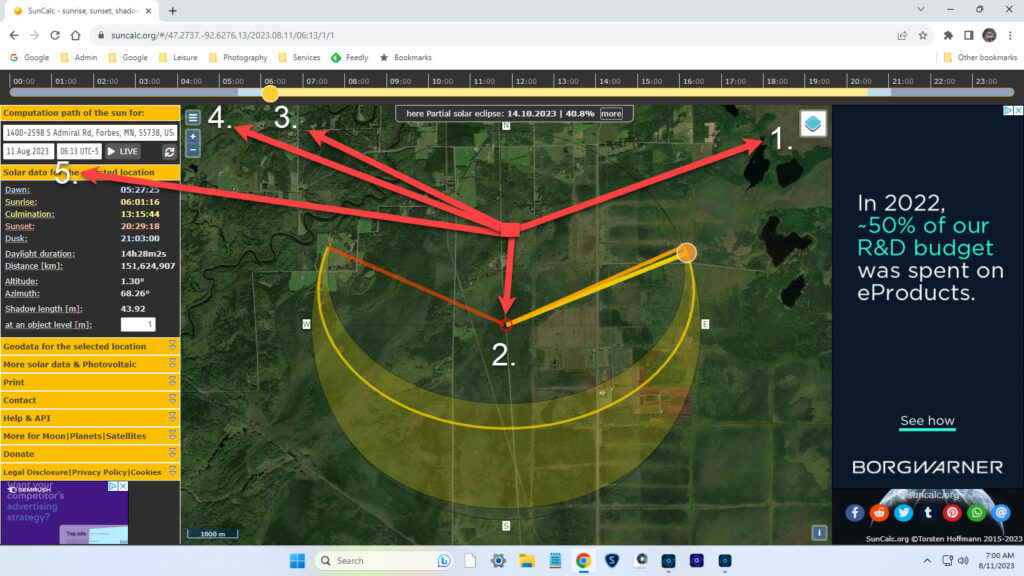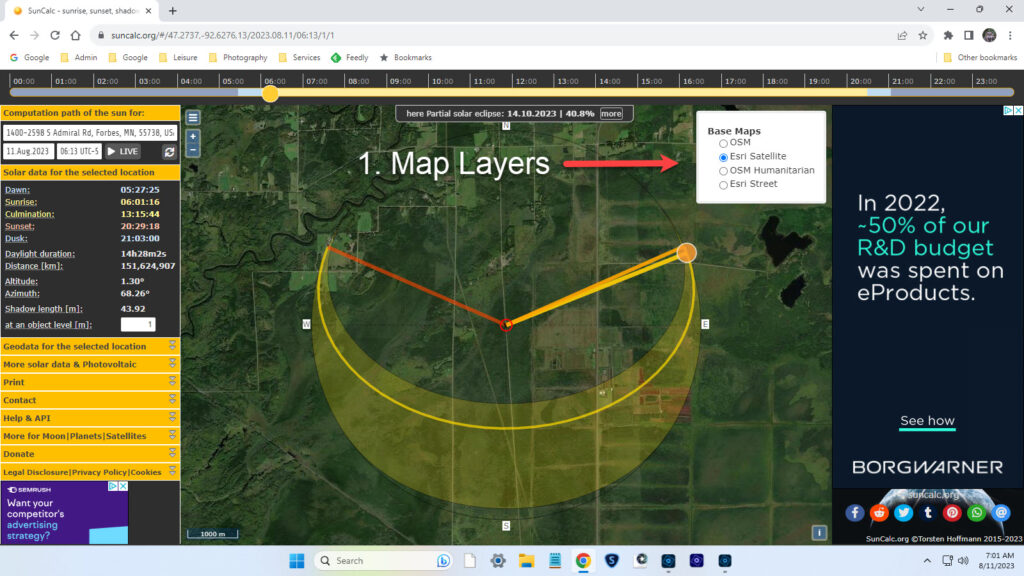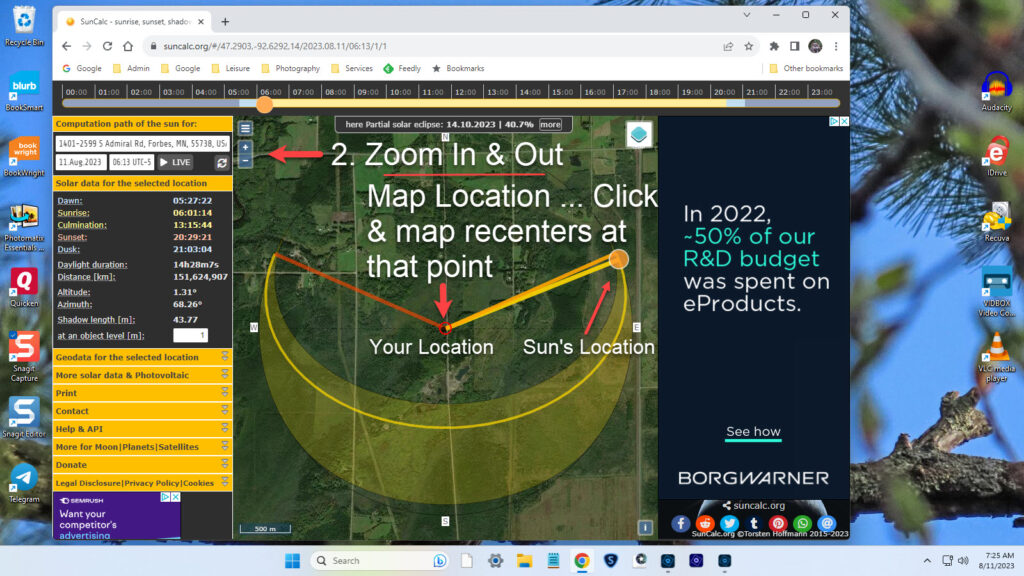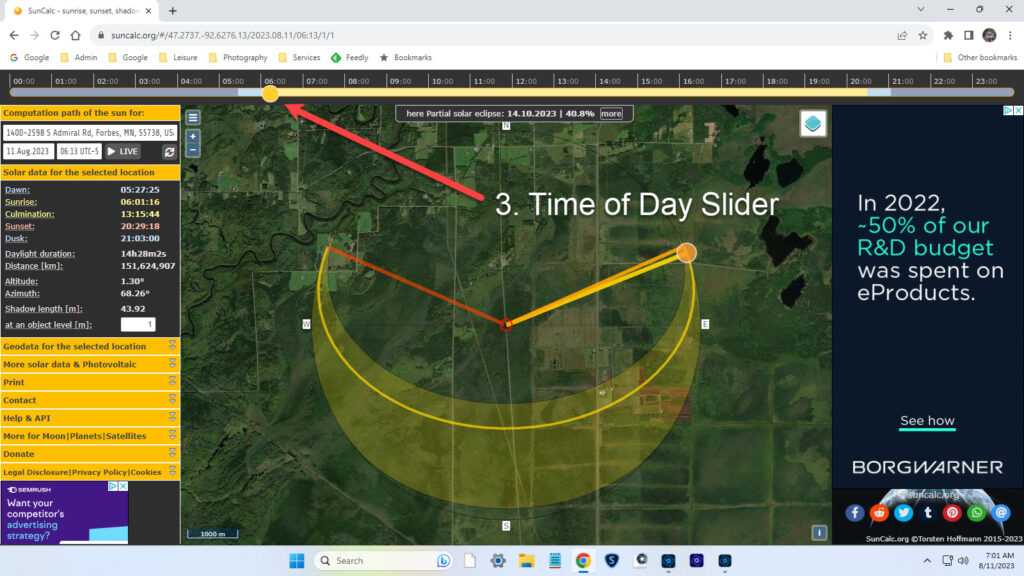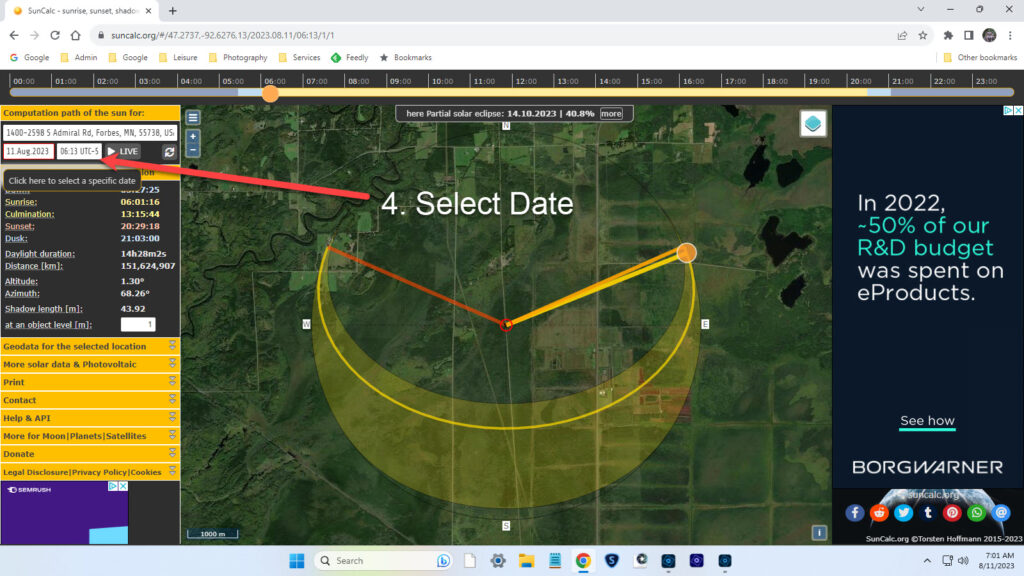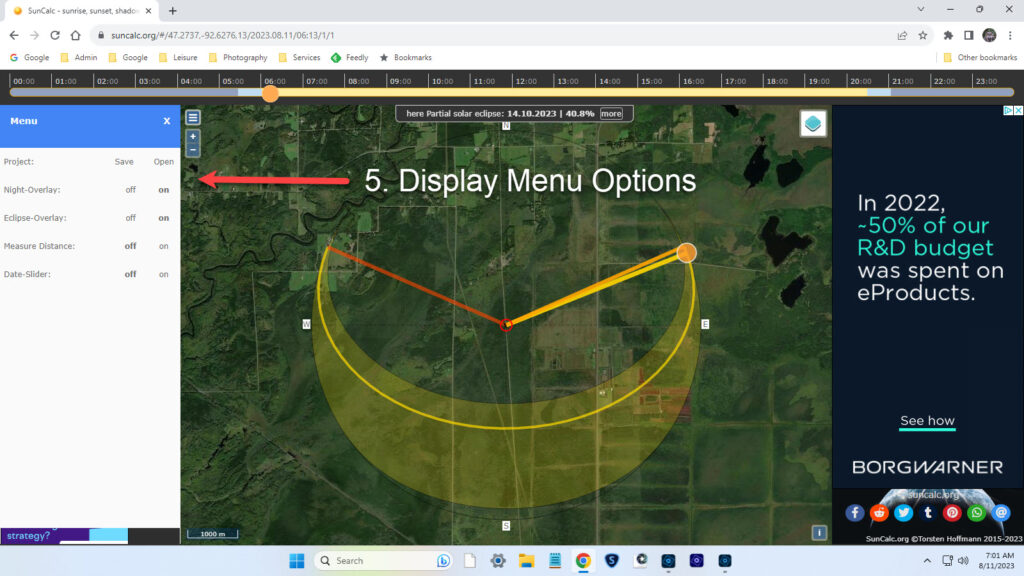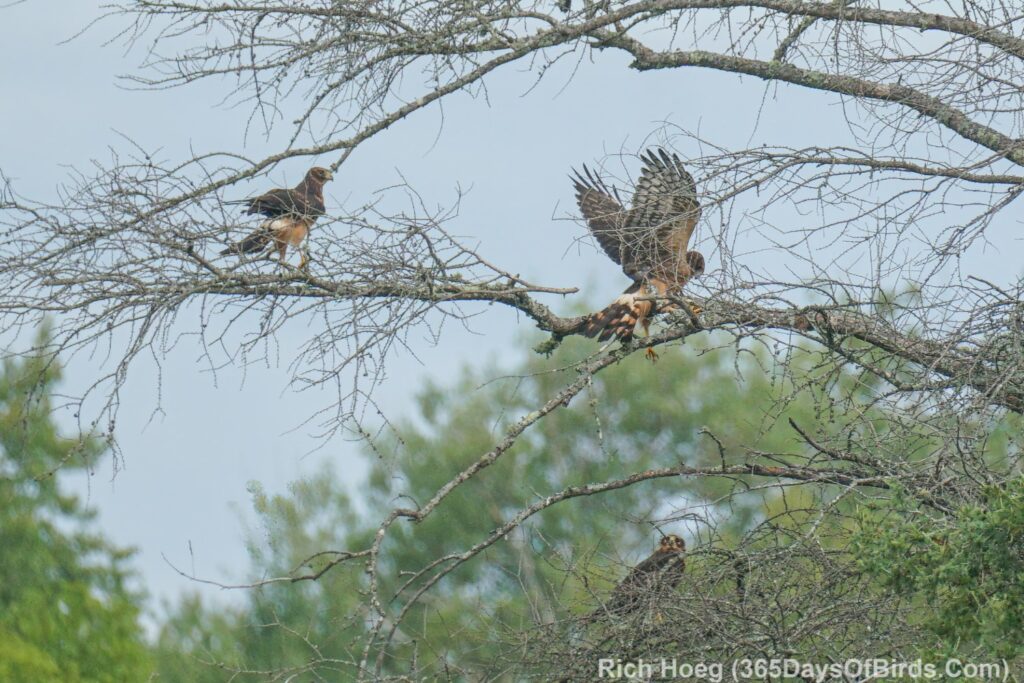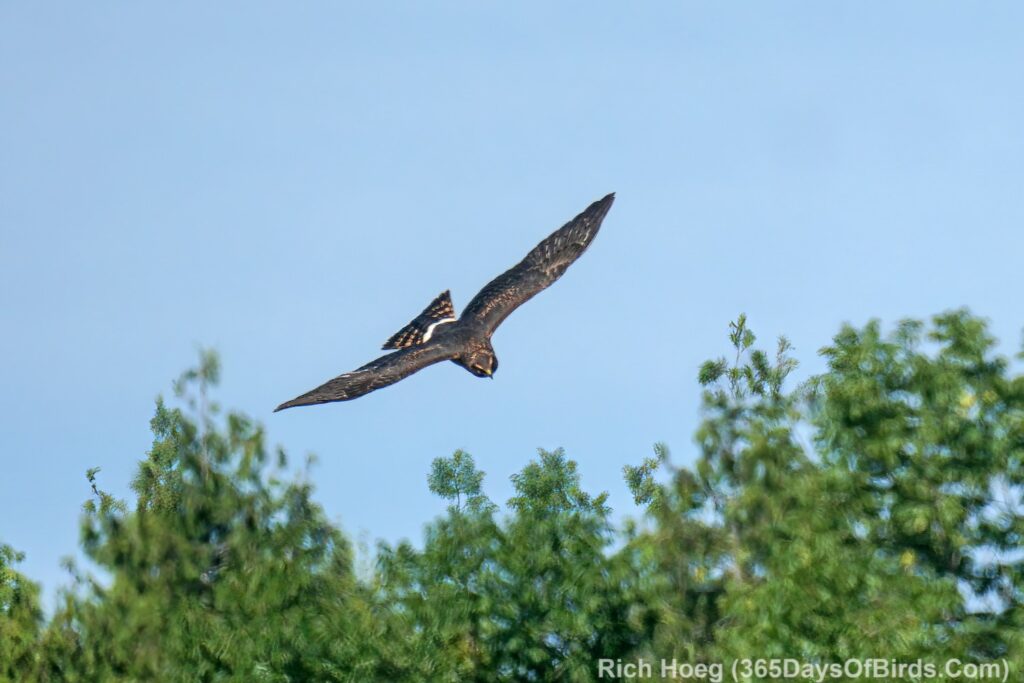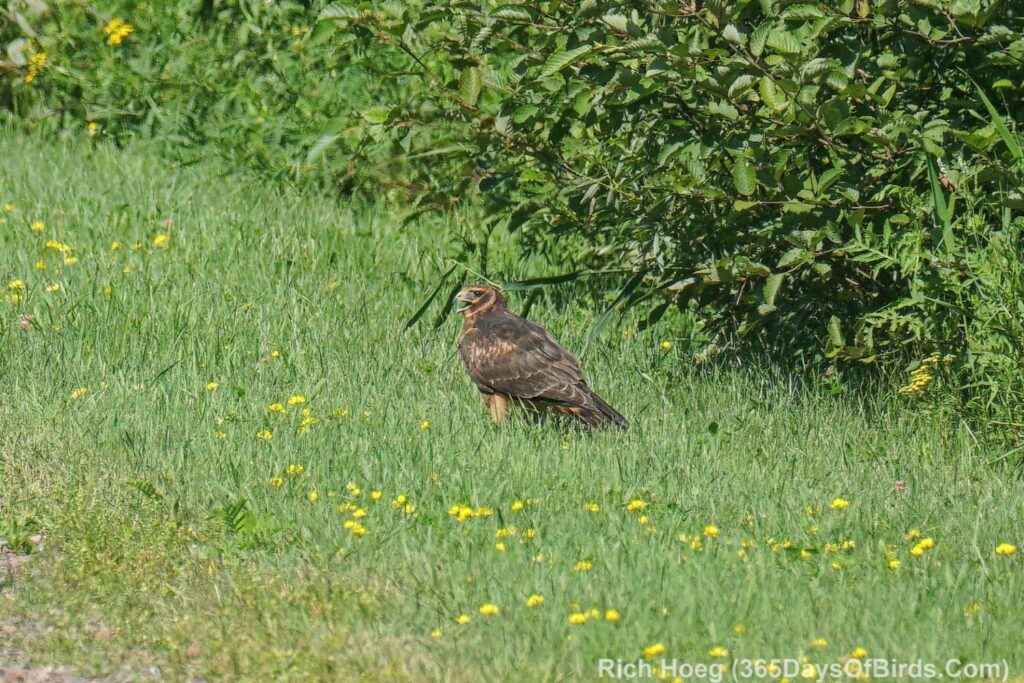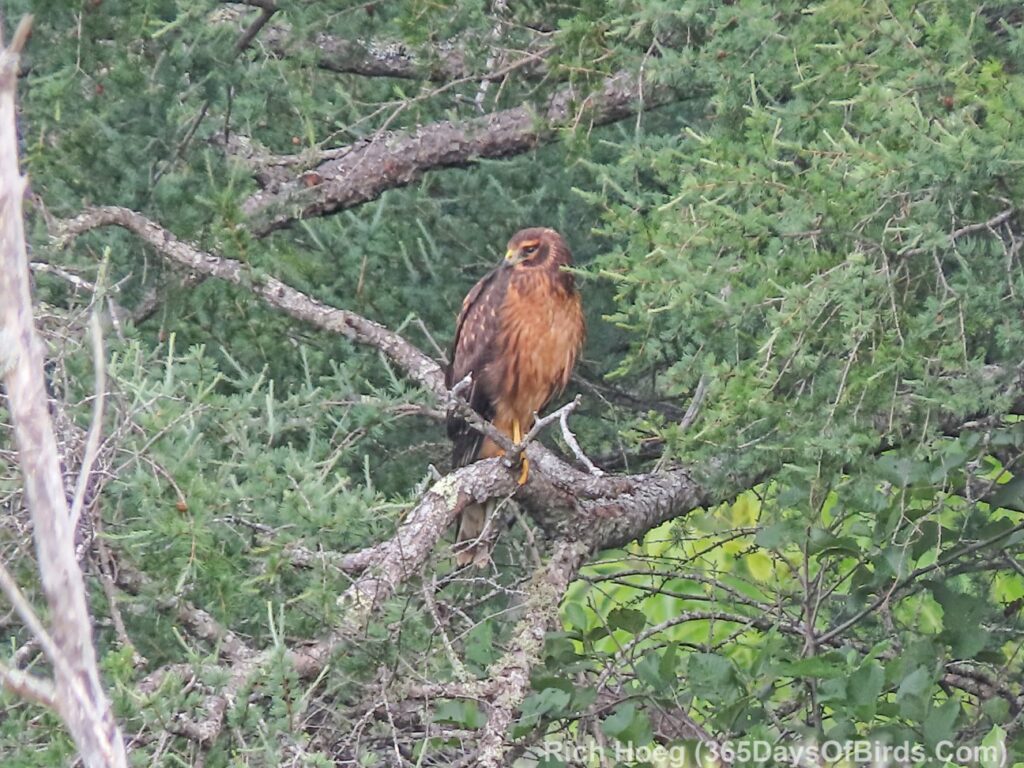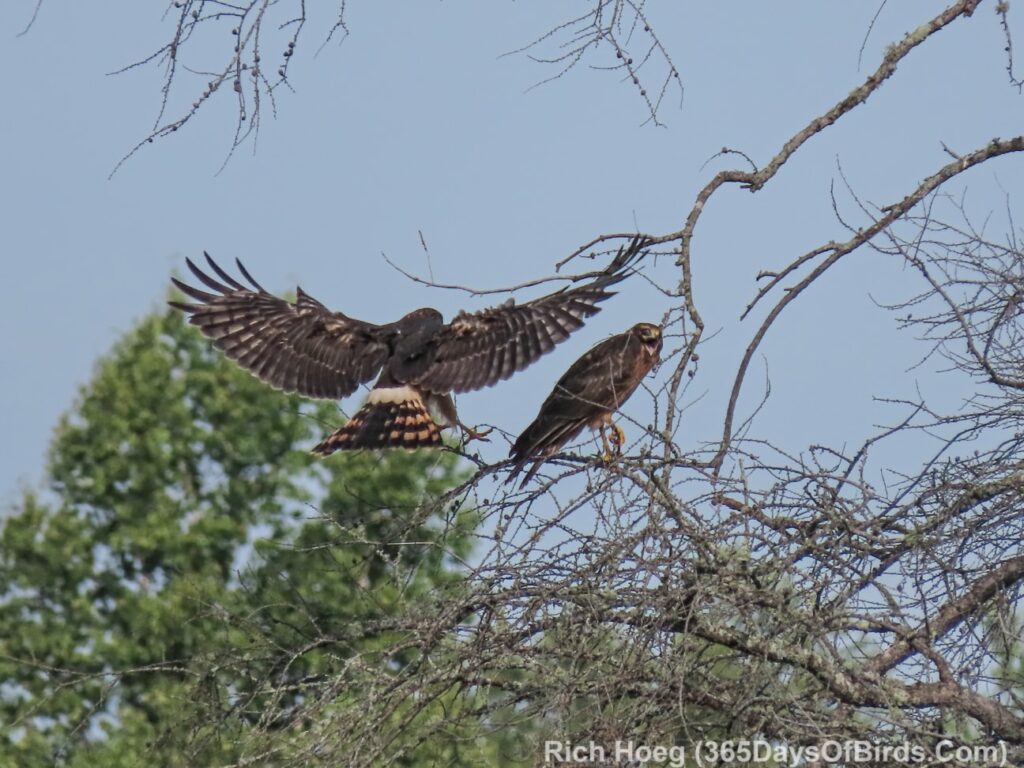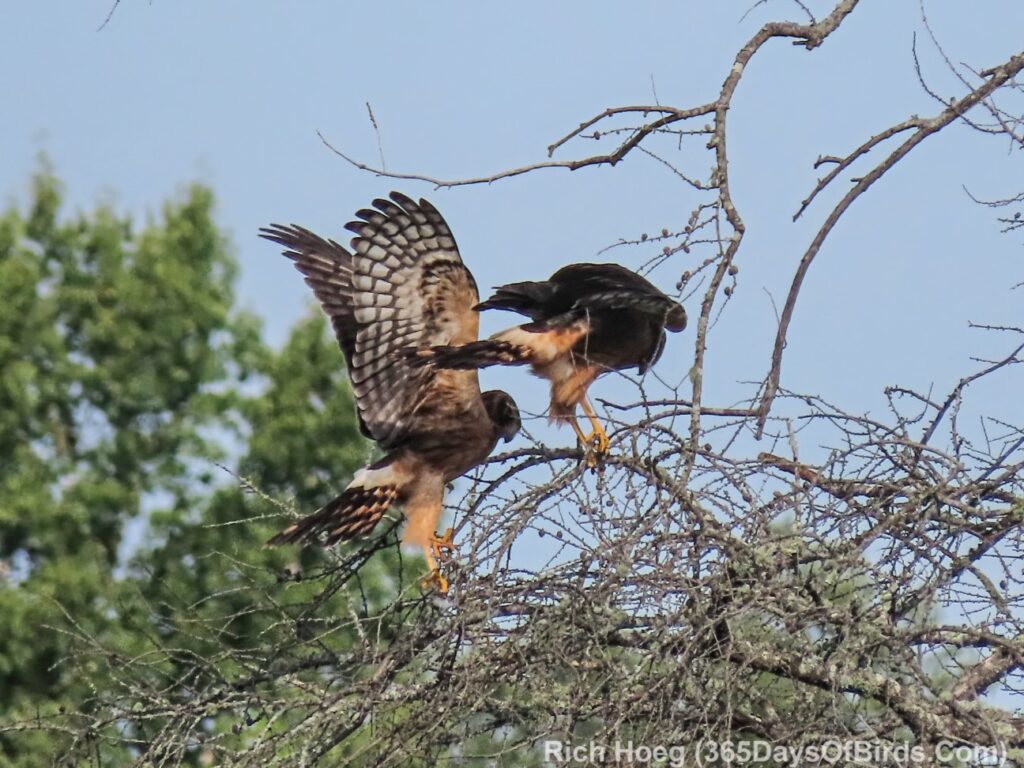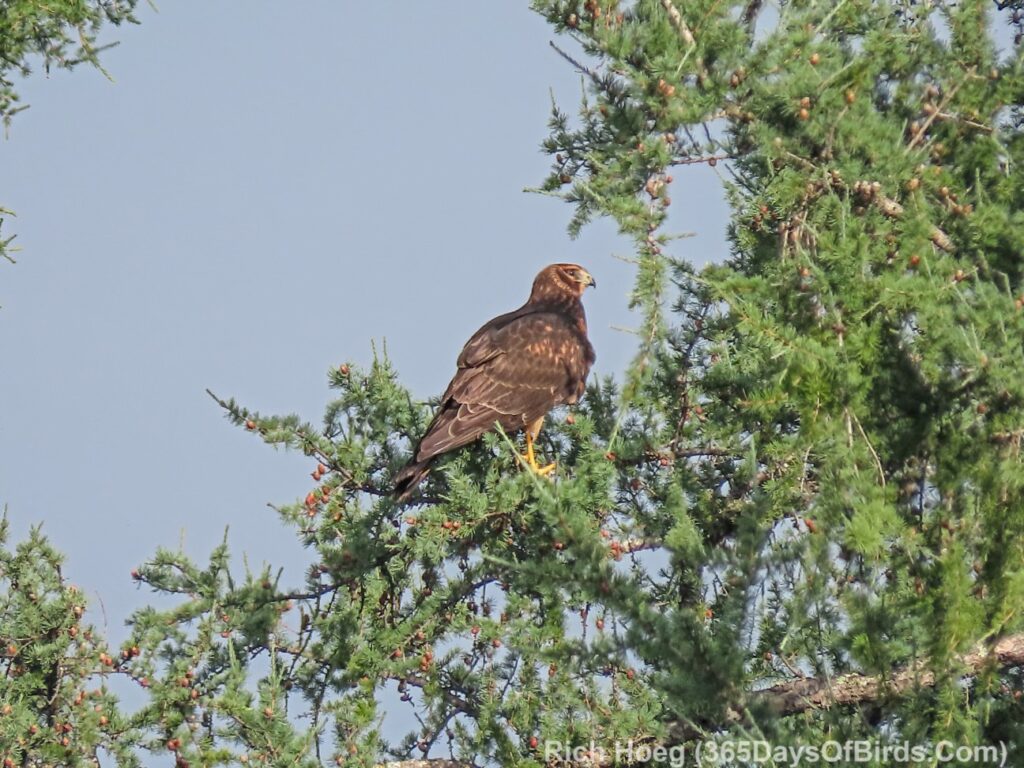Oh wow! Yesterday was magical. How else can you describe a day that begins with watching in Duluth a rare, beautiful bird that normally hangs out west of the Rocky Mountains, and ends with a magical dance by Lady Aurora?! In addition this was the day immediately following the one where I watched not one, but two Great Gray Owls hunting at once. Life is special and precious!
My special day began after some morning appointments. A local home owner has graciously opened up his yard to allow birders to see a Varied Thrush that likes to eat suet off the ground underneath some bird feeders. This West Coast bird has no business visiting the Arctic Riviera at the start of winter.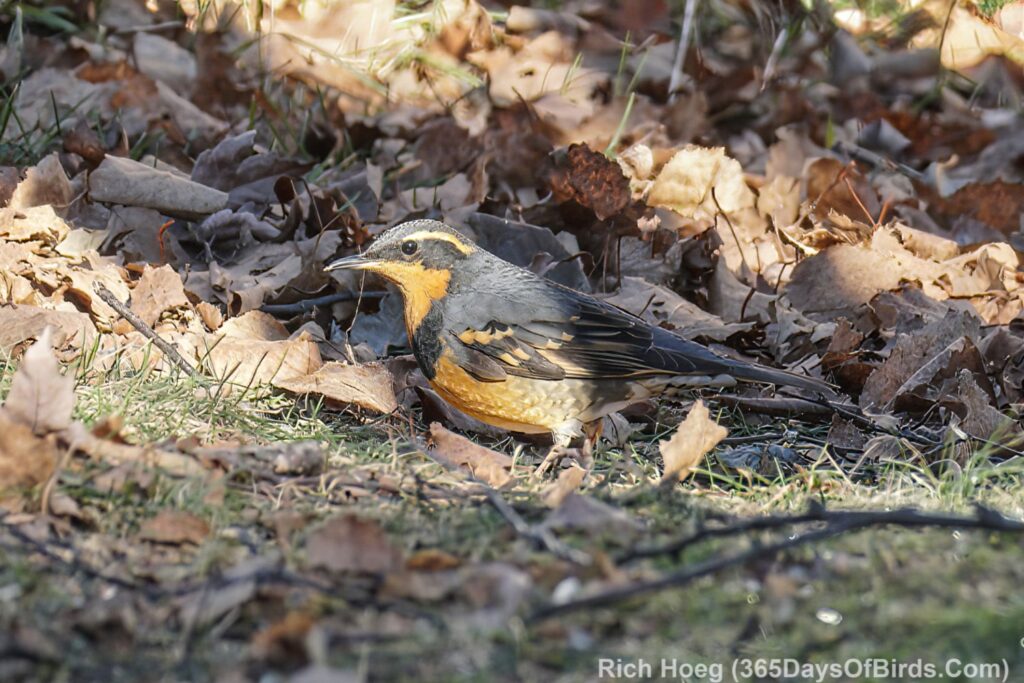
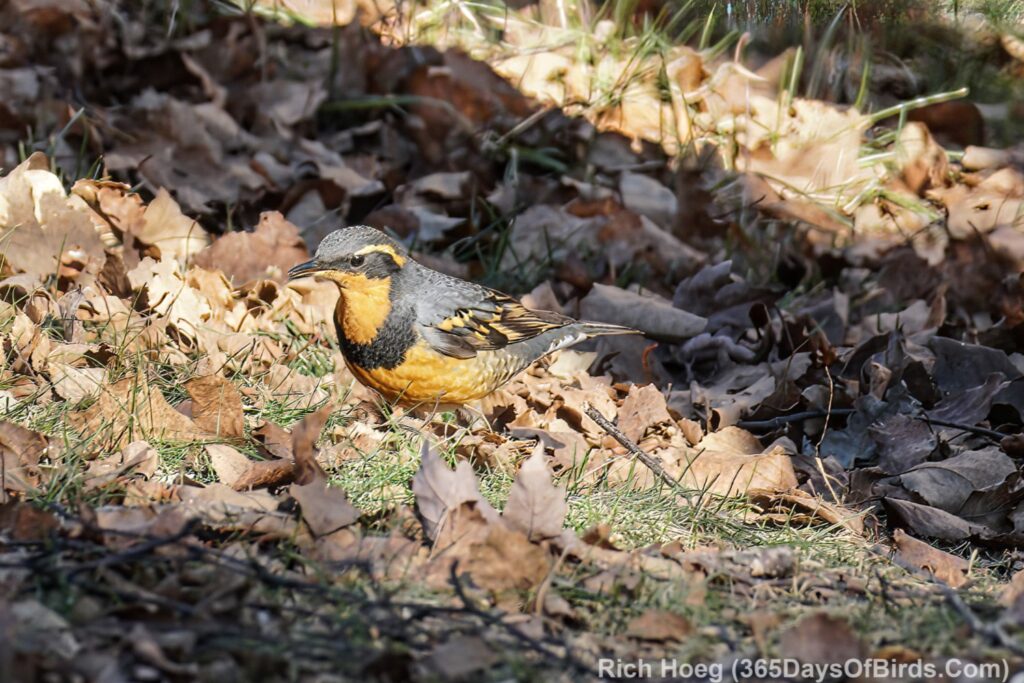
Here is the Varied Thrush’s normal range (map courtesy of Cornell’s All About Birds … learn more about this orange and slate blue beauty)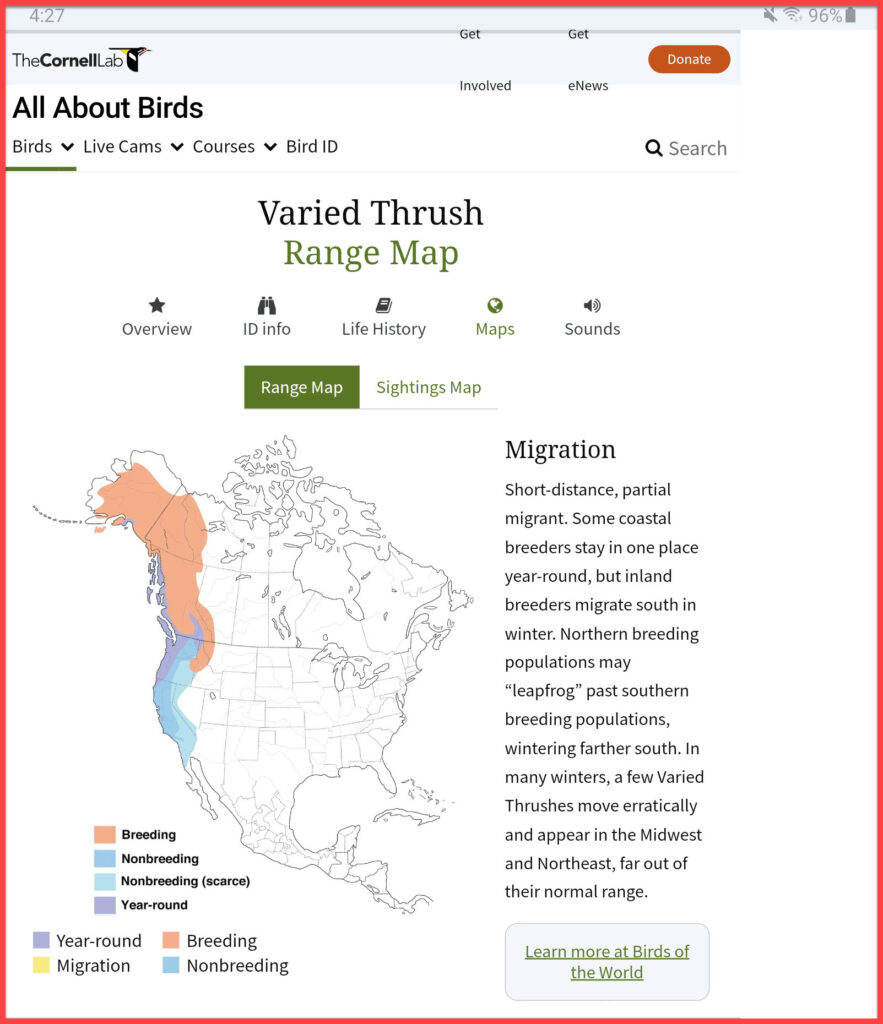
Normally, this Lifer for me would be enough to call it a fantastic day, but Lady Aurora decided to dance last night. While most people had followed the media hype the prior night and chased the Northern Lights, when the prior night’s early technical numbers were poor followed by an early moonrise with 90% of the light of a full moon, I slept! However, last night was different! When the Northern Lights numbers spiked by 5:30 pm (sunset was at 4:20 pm this far north), and knowing the moon would not rise till 8 pm, I initiated my chase of the Northern Lights (read more about how I track a potential Northern Lights display).
On a frozen lake north of Two Harbors, Lady Aurora came out and danced for me. The ice was groaning and cracking as it froze thicker in the cold night air, which made for an earie performance. It is worth maximizing the image to enjoy the details and lake ice reflections (more to come from this dance, but time to get ready for morning birding in Sax-Zim Bog).